Key Takeaways
Both lifts work. Six weeks of in-season training with either feet-elevated barbell hip thrusts or traditional back squats produced comparable, meaningful gains in lower-body strength, jumping, agility, and ball-kicking distance in previously untrained adolescent girls.
Strength soared. Hip thrust 3 RM rose 34 % in the hip thrust group and 24 % in the squat group; squat 3 RM jumped 35 % and 31 %, respectively.
Explosiveness improved, speed did not. Vertical jump height (+5 %) and broad jump distance (+8–11 %) climbed in both groups, yet 36.6 m sprint times actually slowed slightly and change-of-direction speed only edged up (~1.5 %). Strength work alone was not enough to boost linear speed.
A small edge for hip thrusts in horizontal skills. Gains in broadjump distance (+10.5 % vs 8.1 %) and maximal kicking distance (+13.2 % vs 8.1 %) slightly favored hipthrust training, hinting that a “horizontal” forcevector lift may carry over better to soccerspecific tasks.
Practical message: Coaches can swap hip thrusts or squats in and out based on equipment, space, and athlete familiarity without sacrificing most performance outcomes—but should add sprint or plyospecific work if speed development is a priority.
Study at a Glance
Participants
14 high school female soccer players (15 ± 0.8 y), no prior resistance training experience
Intervention
2 days/week for 6 weeks (after 2-week skill learning phase)
Key difference
One group’s primary lift was the feet-elevated hip thrust (HT; n = 6), the other the back squat (SQ; n = 8); all other exercises identical
Progression
Week-to-week load ↑ ~10 %; each session mixed “strength” (slower tempo) and “explosive” (concentric as fast as possible) sets
Tests
3 RM HT & SQ, vertical/broad jump, 36.6 m dash, proagility shuttle, max ballkicking distance
Results Highlight Reel
Lower-body strength:
HT group: hip thrust 3 RM +34 % (≈23 kg); squat 3 RM +33 % (≈14 kg)
SQ group: hip thrust 3 RM +24 %; squat 3 RM +31 %
No between-group statistical differences.
Explosive power:
Vertical jump: HT +5.4 %, SQ +4.9 %
Broad jump: HT +10.5 %, SQ +8.1 %
Changeofdirection & sprint:
Proagility: both groups –1.5 % (faster)
36.6 m dash: HT +2.9 % slower; SQ +1.9 % slower (minor but opposite of desired direction)
Soccer-specific skill:
Max kicking distance: HT +13.2 %, SQ +8.1 %
Discussion & Coaching Implications
The study underscores a simple truth: if your athletes are new to the weight room, almost any wellcoached bilateral lower-body lift will spark rapid adaptations. The dramatic improvements in both hip thrust and squat strength (≈30 % or more) reflect motor learning gains as much as muscular development, typical in novices.
Yet the nuances matter:
Hip thrust edge for horizontal force. Slightly larger gains in broad jump and kicking suggest that training a movement dominated by hip extension in the horizontal plane may translate better to tasks such as kicking or initial sprint acceleration, valuable in soccer. Coaches short on rack space, or working with athletes who struggle to squat deep, can confidently program hip thrusts without sacrificing strength.
Speed plateau. Despite improved strength and power, 40-yard sprint times stagnated. The authors argue—and decades of sprint research agree—that strength is necessary but insufficient for speed; athletes still need targeted sprint mechanics, resisted sprints, or plyometrics to convert new force potential into faster running.
In-season feasibility. Neither protocol produced injuries, and sessions were brief (≈45 min). This supports incorporating low-volume, moderate-load strength maintenance even during competitive periods, provided recovery is monitored.
Exercise selection freedom. Because no measure differed statistically between groups, staff can choose lifts based on facility constraints, athlete enjoyment, or injury history. For example, hip thrusts may be preferable for players with back or ankle mobility issues that limit squat depth.
Bottom Line
Build the base first. For teenage female soccer players, six weeks of either hip thrusts or back squats twice a week will meaningfully boost strength, jumping ability, and kicking power. If time or equipment forces a choice, consider hip thrusts for a small advantage in horizontal power, but remember: to get faster, you’ll still need to sprint.
Full Article:
Millar, N. A.*, Colenso-Semple, L. M., Lockie, R., Marttinen, R., & Galpin, A. (2020). In season hip thrust vs. back squat training in female high school soccer players. International Journal of Exercise Science, 13(4), 49-61.
This blog post was written with the assistance of AI to support clarity and accessibility. It is intended to help disseminate and discuss research findings with a broader audience. However, for the most accurate and reliable information—including conclusions and practical applications—please refer to the original peer-reviewed publication on which this blog is based. The peer-reviewed article remains the most authoritative source.

